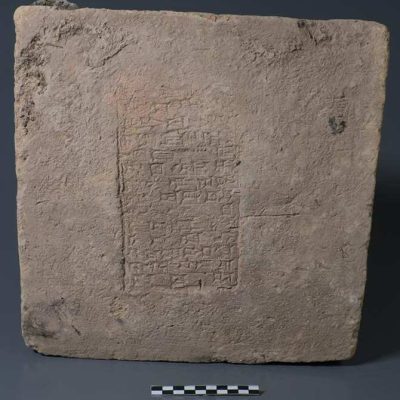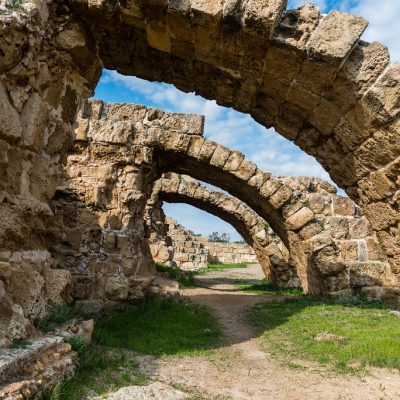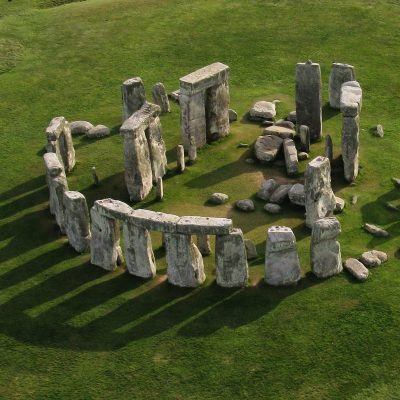In a stunning discovery, a team of British archaeologists has uncovered a massive prehistoric monument near the world-famous Stonehenge. The site, located in Durrington Walls, consists of at least 20 enormous shafts that form a circle with a diameter of over two kilometers. The shafts, which are more than 10 meters in diameter, were likely dug over 4,500 years ago. The experts believe that the proximity of the site to Stonehenge suggests a direct connection between the two. The purpose of the shafts is still unknown, but they may have served to mark the boundary of a particular sanctuary or the area surrounding the stone circle.
Initially, the archaeologists believed that the shafts were natural cavities in the limestone. However, further investigation revealed that they were man-made and could be over 4,500 years old. The discovery is significant because it suggests that Stonehenge, one of the most extensively studied sites in the world, still holds many secrets. The archaeologists used geophysical analysis to identify the pattern of the shafts and rule out a natural origin. The purpose of the shafts remains a mystery, but the experts speculate that they may have had a religious or ceremonial function.
Stone circles are found throughout Britain, and their purpose is still a subject of debate. Stonehenge, the most famous of these circles, was built between 3,000 and 1,600 BCE and is believed to have been a sacred site. The discovery of the shafts near Stonehenge adds to the mystery surrounding the site and suggests that there is still much to learn about the prehistoric people who built it.
In conclusion, the discovery of the massive prehistoric monument near Stonehenge is a significant archaeological find that sheds new light on the purpose of the stone circle. The proximity of the site to Stonehenge suggests a direct connection between the two, and the purpose of the shafts remains a mystery. The discovery underscores the fact that there is still much to learn about the prehistoric people who built these monuments and their beliefs and practices.










